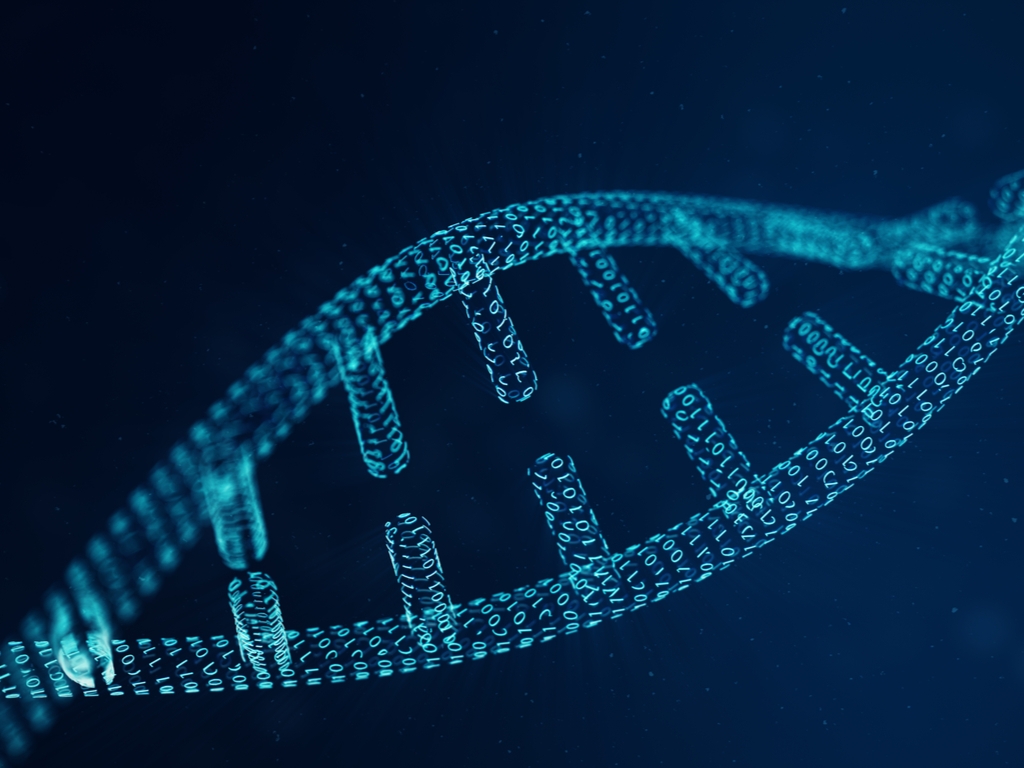Home > Insights > Biotech, Pharma Healthcare > What is a Liquid Biopsy?
What is a Liquid Biopsy?
May 2020

What are Liquid Biopsies?
A liquid biopsy is a new class of non-invasive diagnostic testing that analyzes genetic material from the cell or tissue through the body fluids – such as urine, blood, cerebrospinal fluid. A liquid biopsy avoids the pain and discomfort associated with traditional tissue biopsies, which rely on cutting a piece of tissue to perform pathological analysis. Hence why liquid biopsies are also called “non-invasive”.
The other significant benefit of a liquid biopsy is that it allows for the monitoring of a patient over time (longitudinal monitoring) without the pain associated with invasive testing (while there are many applications for this, a common one is for the use of transplant monitoring.
Researchers have relied on genomic information collected from cell-free DNA (cfDNA) or circulating tumor cells (CTCs), both of which are more abundant in late-stage cancers and are usually limited in early stage disease. However, a new source of genomic information has emerged in the form of exosomes. The difference among these sources of genomic information are listed below:
- cfDNA are degraded DNA fragments released into the blood plasma
- CTCs are found when cancer has progressed to a state where cells are released from cancerous growths
- Exosomes are released from all cells throughout the body and mitigate the challenges of working with cfDNA and CTCs
While liquid biopsies that rely on CTCs and cfDNA can provide some information on what is happening within the body – both sources of genomic information are limited in that they are restricted just to oncology (CTC), the information is degraded because it is free-floating (cfDNA) or in that the cancer has progressed to a state that has released so many CTCs that a liquid biopsy can now be performed (sometimes too late).
Discovery of new biomarkers has caused the liquid biopsy market to grow in the hopes of reducing the need for tissue biopsies. In 2019, the market for liquid biopsy was estimated to be around $3 billion and growing at a CAGR of 21%.
What are the Uses for Liquid Biopsies?
- Clinical Trial Screening: Liquid biopsies may be used for the screening of clinical trial participants into or out of clinical trials based on their susceptibility to treatment (either favorably or likelihood to have adverse reactions). However, the testing for clinical trial screening continues to be developed and each therapy requires a specific test designed to select trial participants based on pre-identified genomic criteria. This field within liquid biopsies continues to gain traction and interest.
- Companion Diagnostics: While companion diagnostics can be used independent of clinical trial screening testing, many biopharma companies are realizing the multi-use applications of clinical trial screening testing not only for identifying optimal clinical trial participants, but also for identifying ideal therapeutic candidates for post-market drugs.
- Long-Term Monitoring. Perhaps one of the most important uses of liquid biopsies is to utilize testing for life-long/on-going monitoring. The need for this can be illustrated often in the field of transplant health/monitoring. Where a transplant patient will require several tissue biopsies after transplantation to monitor for transplant rejection. However the routine poking & prodding of the transplanted organ several times throughout the year, may often trigger a rejection response from the body. Therefore, liquid biopsies in long-term monitoring have significant benefits.
- Clinical Trial Efficacy / On-Target Engagement. Often used by biopharma companies in testing and clinical trials, the use of liquid biopsies to determine the effect of the therapy on the target can provide efficacy data for clinical trials.
By: Kiran Chin


